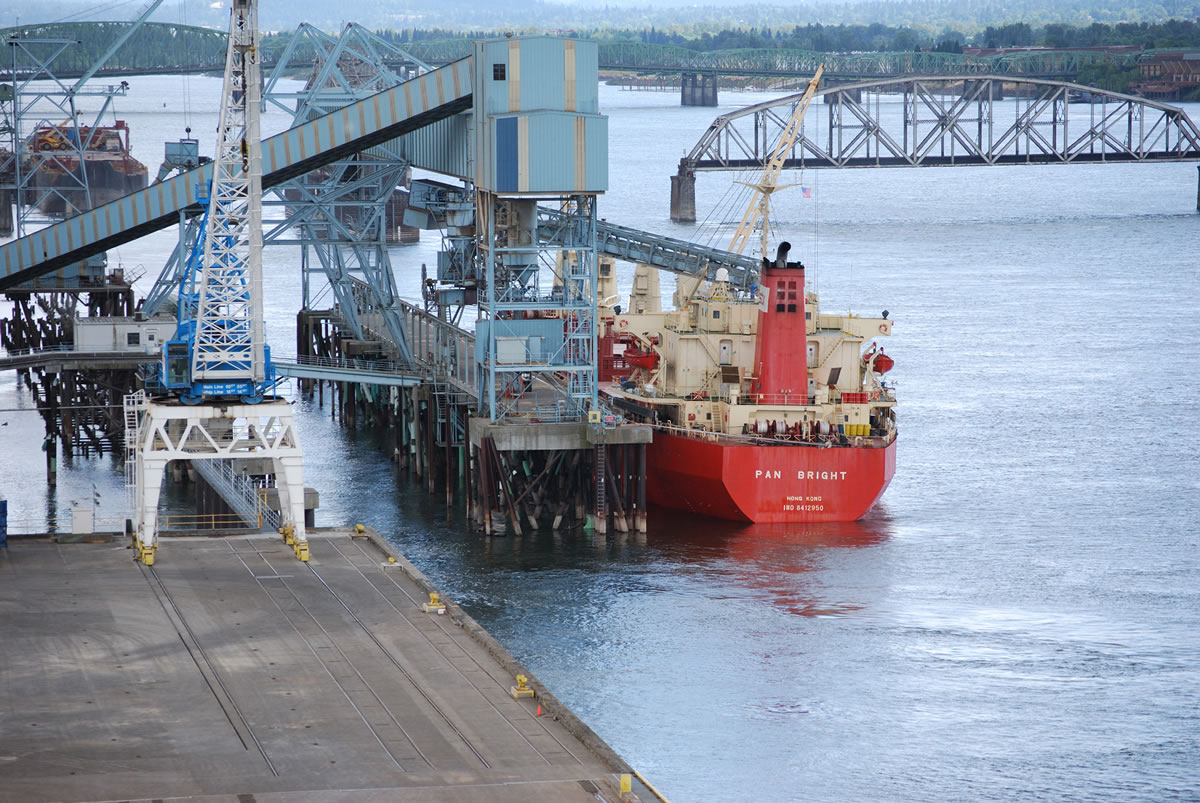The Port of Vancouver USA is a conduit for moving freight in and out of the region and throughout the world. Our job is to provide that vital connectivity between where products and resources are created or harvested and the global marketplace.
As many know, freight follows the path with the lowest cost and highest efficiency. That’s why it’s our priority to make this connection as cost-effective as possible for our tenants and customers — and that overriding goal is reflected in our ongoing investments in port infrastructure.
For example, the West Vancouver Freight Access rail project currently under construction is the largest capital project in the port’s 100-year history. The $275 million improvement has launched the port into a more globally competitive league, attracting business not only from the region but from around the world.
The project also will benefit our regional and national rail network, improving the flow of freight and passenger trains on the rail main lines. When complete in 2017, we will be able to more than triple our rail service to customers while decreasing congestion on the rail system by as much as 40 percent.
We’ve participated in other major transportation investments in collaboration with our regional partners. The deepening of the Columbia River navigation channel to 43 feet has allowed larger, more heavily loaded vessels to call on local ports, including the Port of Vancouver. The channel deepening was a massive, 20-year effort, but the return on investment has exceeded all expectations. Less than one year after the project’s completion in late 2010, the region’s ports have attracted more than $900 million in private-sector investment that can be tied directly to that effort.
The port’s approach to delivering these complex projects is simple. We have a solid, well-thought-out plan, and we strive for excellence in everything we do. We partner whenever possible, and remain flexible so that we can adapt to changing needs and take advantage of new opportunities.
We believe our investments are working, that new businesses and jobs are coming to Vancouver, and we are helping our existing companies grow and thrive. Among the evidence that we are on our way is the addition of several new businesses to our community, including Sapa Profiles and Farwest Steel Inc.
Our successful collaboration on projects large and small has proven the value of partnership. We continue to work with our partners on critical transportation improvements such as the port’s rail project, the maintenance of the deep-water shipping channel, and the Columbia River Crossing project. We are working together to plan for the circulation of trucks, people, cars and bikes as our community grows. These issues are essential to building a strong local economy — and it plays a key role in the port’s ability to compete in an increasingly competitive global marketplace.
Todd Coleman is executive director of the Port of Vancouver.



